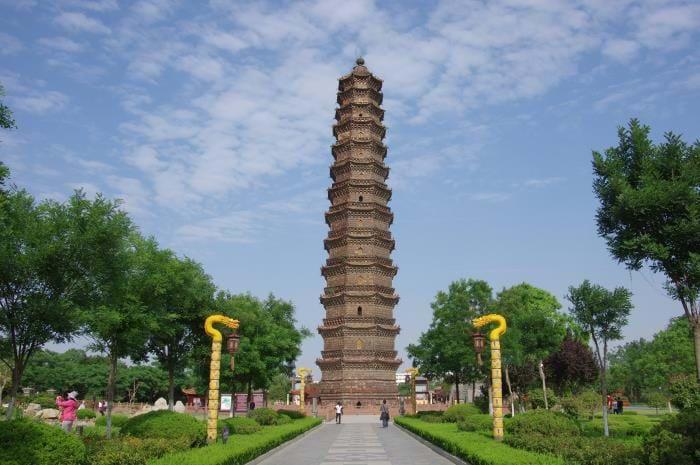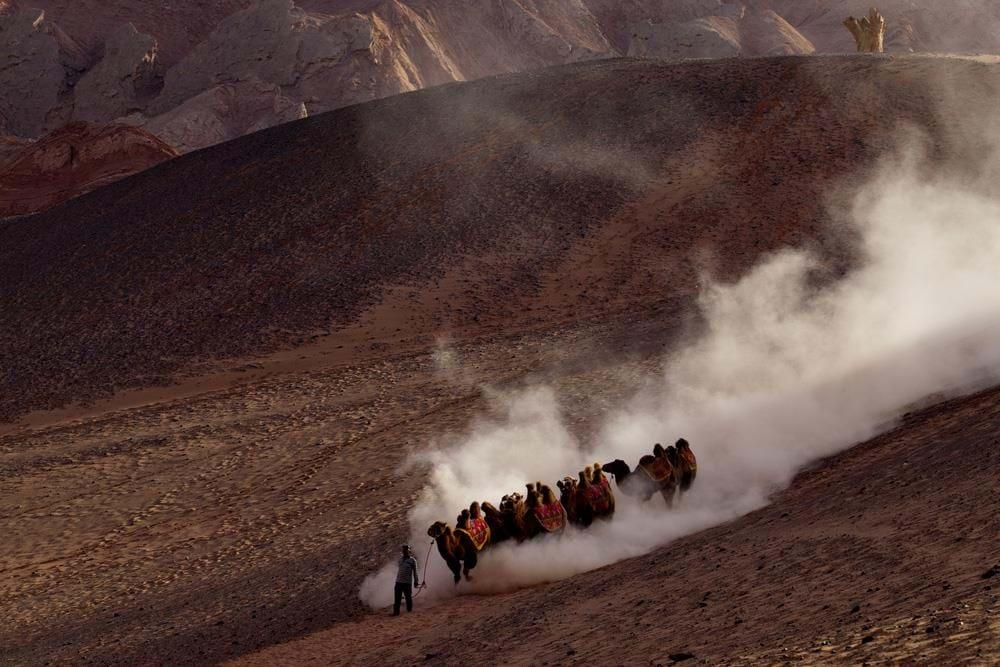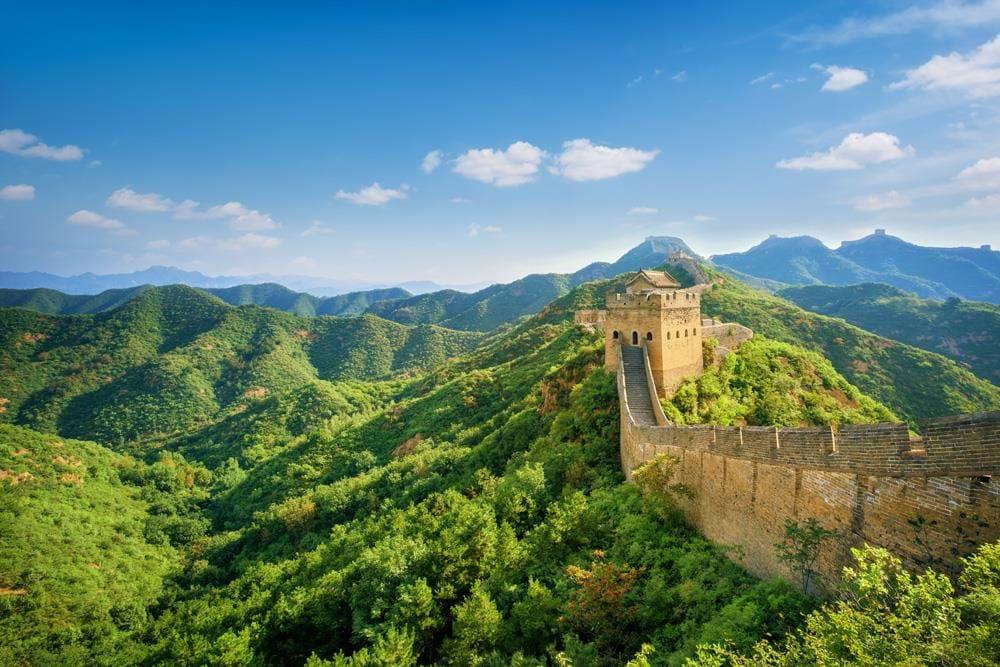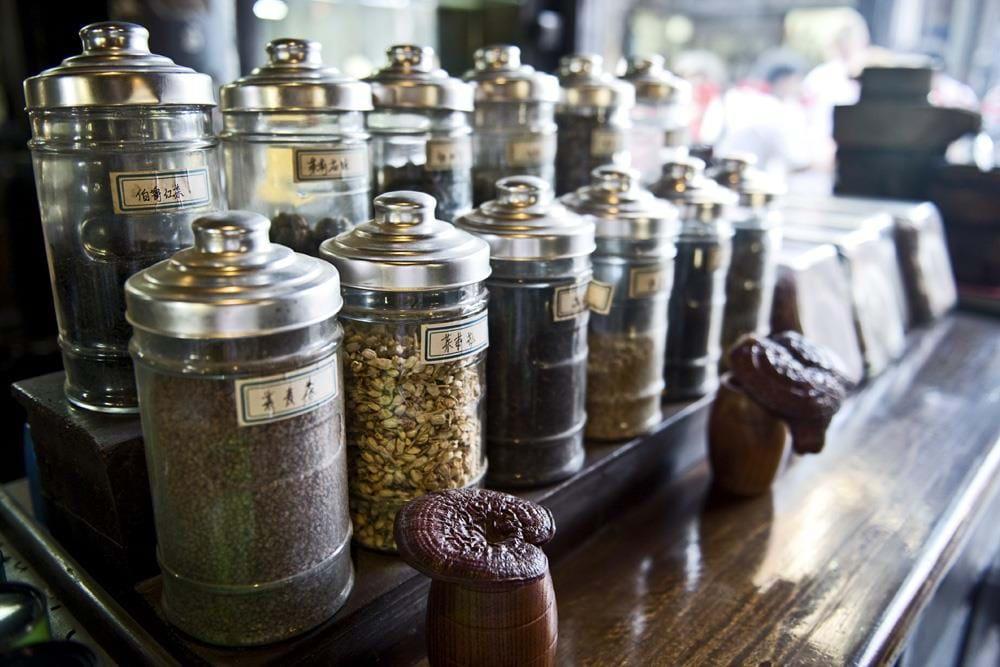China 26.10.2016 Updated: Michael Wood
The historian, author, broadcaster and long-time Sinophile shares his top travel tips for a country he first visited over three decades ago.
I first got hooked on China in my teens reading Penguin translations of Chinese poetry, which opened up a world I’d never dreamed of. I first went there in the 1980s and still remember the hospitality and sociability of the people and that has not changed, though much else has!
Here are the places we especially enjoyed during the filming of the BBC series, The Story of China.
Beijing
With the smog alerts of recent years, you may well pale at the thought of holidaying here – but Beijing is still one of the world’s greatest historic cities. There are still so many interesting nooks and crannies, and the Altar of Heaven is one of the world’s great sites. Beyond the city are amazing things too: the Ming tombs, the Great Wall, the Palace at Jehol, the list is endless. And after your long day’s sightseeing, how about a cup of hot chocolate by the lakeside in the Bohemian Houhai quarter, where young Chinese folk singers strum their songs of love.
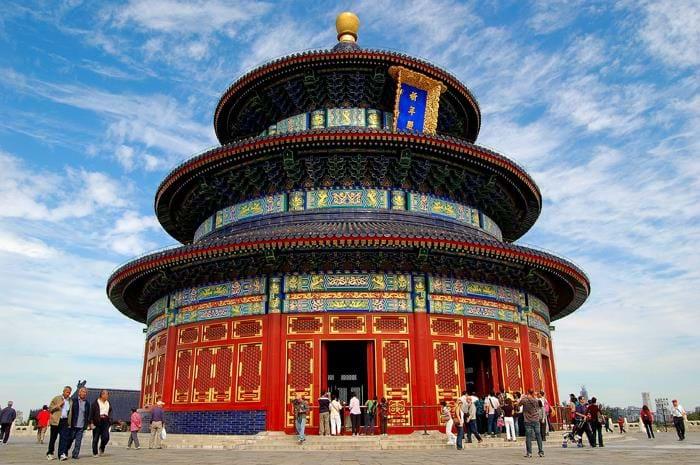
Suzhou
‘There are two Paradises on Earth’ the proverb runs, ‘Suzhou and Hangzhou.’ So why not get them both on one trip? Just inland from Shanghai (fascinating itself of course), you can stay in Suzhou in a converted Ming merchant’s house. The old city of canals and alleys is still a delightful place with its pagodas and exquisite gardens, not to mention its restaurants and silk shops.
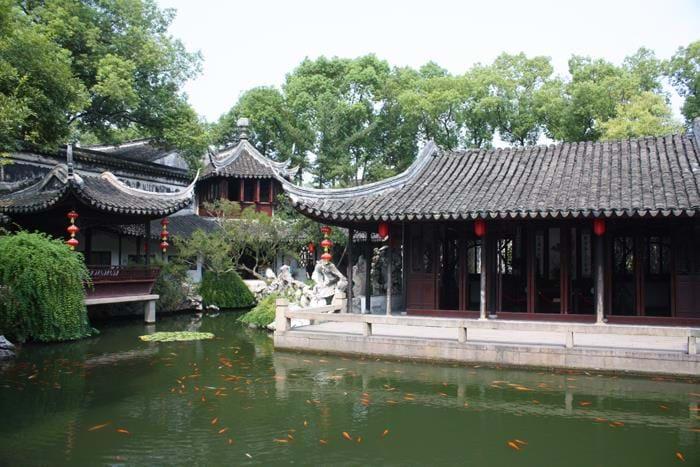
Xidi and Hongcun
A train journey inland from Shanghai is the fabulous landscape of Huangshan, the loveliest of China’s sacred mountains. You can stay in ancient houses in the heritage villages of Xidi and Hongcun; Tangyue has a very nice new hotel run by the Bao Family.
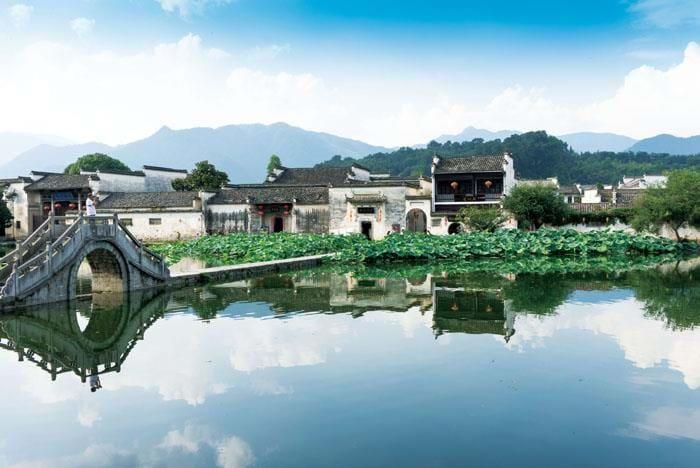
Xi'an
Some travellers are put off by Xi'an, which is a very busy city these days, but still a fascinating one. The Terracotta Army, of course, is a must. But there’s also the Wild Goose Pagoda where the Buddhist pilgrim Xuanzang came back from India with packloads of manuscripts and began his great translation programme. Take a bike round the top of the Ming walls, and explore the backstreets and the Muslim food markets.
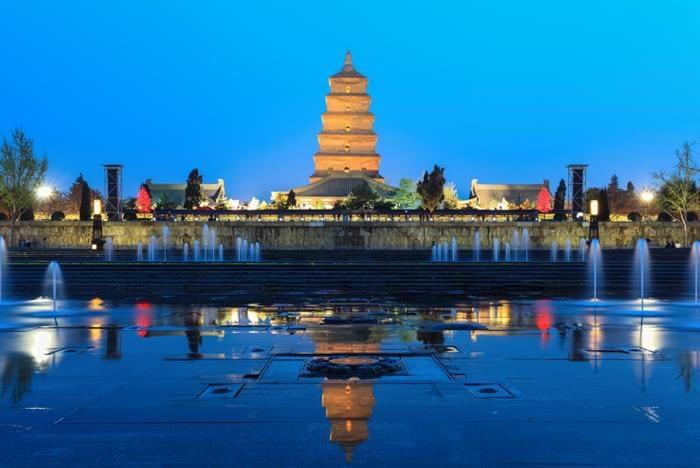
Luoyang
The picturesque city of Luoyang is a long-time favourite of mine, but you may need to hurry: last time I was there, there were plans to ‘restore’ its Old Town – one of the best in China. In the centre of the modern city is an amazing underground museum built over recently discovered chariot burials. Nearby are the Longmen Caves at the end of the Silk Road, with their giant Buddhas, and the superb precinct of the White Horse Pagoda.
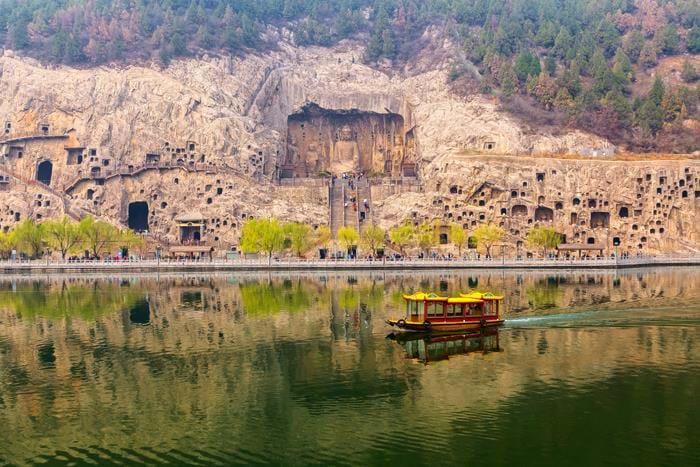
Kashgar
The Silk Road has its own stories: a world away from Beijing (literally: it takes seven hours to fly to Kashgar!). The city has boomed since I first saw it in 1984, but the old quarter is still a picturesque Central Asian crossroads, with mosques and mansions, and the legendary Sunday market. Combine with a stopover in Turfan to see ruined desert cities, the caves of Beziklik, and the Flaming Mountains.
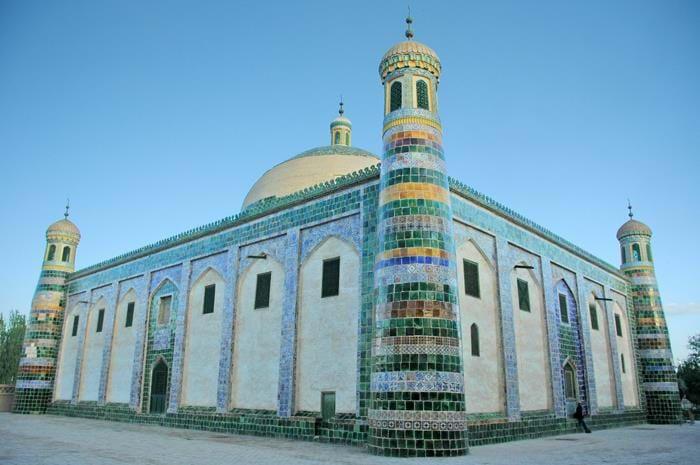
Kaifeng
Finally back to the Yellow River Plain, the heartland of Chinese civilisation: the “Middle Land” (Zhongguo) which gives China its name in Chinese. I have always liked Kaifeng, an out of the way provincial place when I first stayed thirty years ago, but the greatest city in the world a thousand years ago in the Song Renaissance.
Reachable in a day trip from Luoyang, the city still has its walls; on the main street is the Buddhist Xiangguo temple with its leafy courtyards; its temple orchestra reassembled and playing again: they even do excellent vegetarian lunches! But the old city is the most fun: in its warren of alleys are Christian churches, all-women mosques (with women imams!) and even China’s last Jewish community. My only fear: the planners will soon start knocking down Kaifeng’s delightful warren of real-life crumbling alleys to make a spanking new Heritage tourist site.
